RBS 2009 Annual Report Download - page 157
Download and view the complete annual report
Please find page 157 of the 2009 RBS annual report below. You can navigate through the pages in the report by either clicking on the pages listed below, or by using the keyword search tool below to find specific information within the annual report.-
 1
1 -
 2
2 -
 3
3 -
 4
4 -
 5
5 -
 6
6 -
 7
7 -
 8
8 -
 9
9 -
 10
10 -
 11
11 -
 12
12 -
 13
13 -
 14
14 -
 15
15 -
 16
16 -
 17
17 -
 18
18 -
 19
19 -
 20
20 -
 21
21 -
 22
22 -
 23
23 -
 24
24 -
 25
25 -
 26
26 -
 27
27 -
 28
28 -
 29
29 -
 30
30 -
 31
31 -
 32
32 -
 33
33 -
 34
34 -
 35
35 -
 36
36 -
 37
37 -
 38
38 -
 39
39 -
 40
40 -
 41
41 -
 42
42 -
 43
43 -
 44
44 -
 45
45 -
 46
46 -
 47
47 -
 48
48 -
 49
49 -
 50
50 -
 51
51 -
 52
52 -
 53
53 -
 54
54 -
 55
55 -
 56
56 -
 57
57 -
 58
58 -
 59
59 -
 60
60 -
 61
61 -
 62
62 -
 63
63 -
 64
64 -
 65
65 -
 66
66 -
 67
67 -
 68
68 -
 69
69 -
 70
70 -
 71
71 -
 72
72 -
 73
73 -
 74
74 -
 75
75 -
 76
76 -
 77
77 -
 78
78 -
 79
79 -
 80
80 -
 81
81 -
 82
82 -
 83
83 -
 84
84 -
 85
85 -
 86
86 -
 87
87 -
 88
88 -
 89
89 -
 90
90 -
 91
91 -
 92
92 -
 93
93 -
 94
94 -
 95
95 -
 96
96 -
 97
97 -
 98
98 -
 99
99 -
 100
100 -
 101
101 -
 102
102 -
 103
103 -
 104
104 -
 105
105 -
 106
106 -
 107
107 -
 108
108 -
 109
109 -
 110
110 -
 111
111 -
 112
112 -
 113
113 -
 114
114 -
 115
115 -
 116
116 -
 117
117 -
 118
118 -
 119
119 -
 120
120 -
 121
121 -
 122
122 -
 123
123 -
 124
124 -
 125
125 -
 126
126 -
 127
127 -
 128
128 -
 129
129 -
 130
130 -
 131
131 -
 132
132 -
 133
133 -
 134
134 -
 135
135 -
 136
136 -
 137
137 -
 138
138 -
 139
139 -
 140
140 -
 141
141 -
 142
142 -
 143
143 -
 144
144 -
 145
145 -
 146
146 -
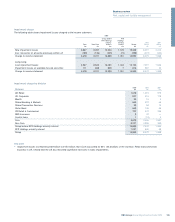 147
147 -
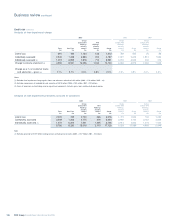 148
148 -
 149
149 -
 150
150 -
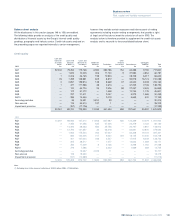 151
151 -
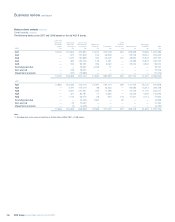 152
152 -
 153
153 -
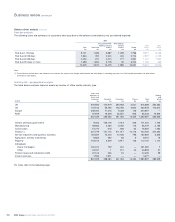 154
154 -
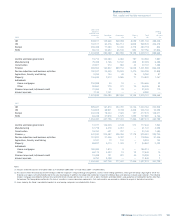 155
155 -
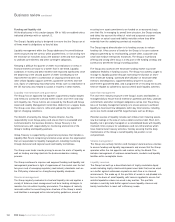 156
156 -
 157
157 -
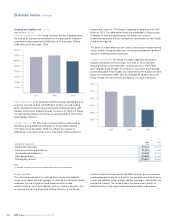 158
158 -
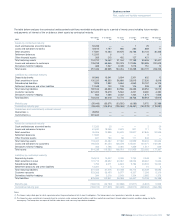 159
159 -
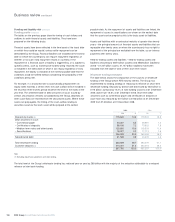 160
160 -
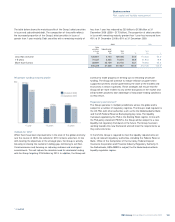 161
161 -
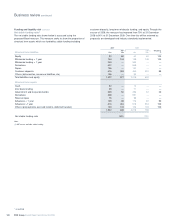 162
162 -
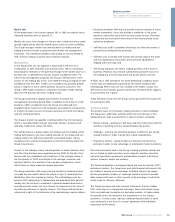 163
163 -
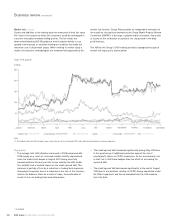 164
164 -
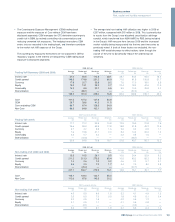 165
165 -
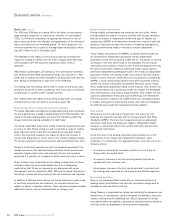 166
166 -
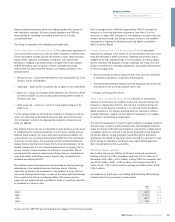 167
167 -
 168
168 -
 169
169 -
 170
170 -
 171
171 -
 172
172 -
 173
173 -
 174
174 -
 175
175 -
 176
176 -
 177
177 -
 178
178 -
 179
179 -
 180
180 -
 181
181 -
 182
182 -
 183
183 -
 184
184 -
 185
185 -
 186
186 -
 187
187 -
 188
188 -
 189
189 -
 190
190 -
 191
191 -
 192
192 -
 193
193 -
 194
194 -
 195
195 -
 196
196 -
 197
197 -
 198
198 -
 199
199 -
 200
200 -
 201
201 -
 202
202 -
 203
203 -
 204
204 -
 205
205 -
 206
206 -
 207
207 -
 208
208 -
 209
209 -
 210
210 -
 211
211 -
 212
212 -
 213
213 -
 214
214 -
 215
215 -
 216
216 -
 217
217 -
 218
218 -
 219
219 -
 220
220 -
 221
221 -
 222
222 -
 223
223 -
 224
224 -
 225
225 -
 226
226 -
 227
227 -
 228
228 -
 229
229 -
 230
230 -
 231
231 -
 232
232 -
 233
233 -
 234
234 -
 235
235 -
 236
236 -
 237
237 -
 238
238 -
 239
239 -
 240
240 -
 241
241 -
 242
242 -
 243
243 -
 244
244 -
 245
245 -
 246
246 -
 247
247 -
 248
248 -
 249
249 -
 250
250 -
 251
251 -
 252
252 -
 253
253 -
 254
254 -
 255
255 -
 256
256 -
 257
257 -
 258
258 -
 259
259 -
 260
260 -
 261
261 -
 262
262 -
 263
263 -
 264
264 -
 265
265 -
 266
266 -
 267
267 -
 268
268 -
 269
269 -
 270
270 -
 271
271 -
 272
272 -
 273
273 -
 274
274 -
 275
275 -
 276
276 -
 277
277 -
 278
278 -
 279
279 -
 280
280 -
 281
281 -
 282
282 -
 283
283 -
 284
284 -
 285
285 -
 286
286 -
 287
287 -
 288
288 -
 289
289 -
 290
290 -
 291
291 -
 292
292 -
 293
293 -
 294
294 -
 295
295 -
 296
296 -
 297
297 -
 298
298 -
 299
299 -
 300
300 -
 301
301 -
 302
302 -
 303
303 -
 304
304 -
 305
305 -
 306
306 -
 307
307 -
 308
308 -
 309
309 -
 310
310 -
 311
311 -
 312
312 -
 313
313 -
 314
314 -
 315
315 -
 316
316 -
 317
317 -
 318
318 -
 319
319 -
 320
320 -
 321
321 -
 322
322 -
 323
323 -
 324
324 -
 325
325 -
 326
326 -
 327
327 -
 328
328 -
 329
329 -
 330
330 -
 331
331 -
 332
332 -
 333
333 -
 334
334 -
 335
335 -
 336
336 -
 337
337 -
 338
338 -
 339
339 -
 340
340 -
 341
341 -
 342
342 -
 343
343 -
 344
344 -
 345
345 -
 346
346 -
 347
347 -
 348
348 -
 349
349 -
 350
350 -
 351
351 -
 352
352 -
 353
353 -
 354
354 -
 355
355 -
 356
356 -
 357
357 -
 358
358 -
 359
359 -
 360
360 -
 361
361 -
 362
362 -
 363
363 -
 364
364 -
 365
365 -
 366
366 -
 367
367 -
 368
368 -
 369
369 -
 370
370 -
 371
371 -
 372
372 -
 373
373 -
 374
374 -
 375
375 -
 376
376 -
 377
377 -
 378
378 -
 379
379 -
 380
380 -
 381
381 -
 382
382 -
 383
383 -
 384
384 -
 385
385 -
 386
386 -
 387
387 -
 388
388 -
 389
389 -
 390
390
 |
 |
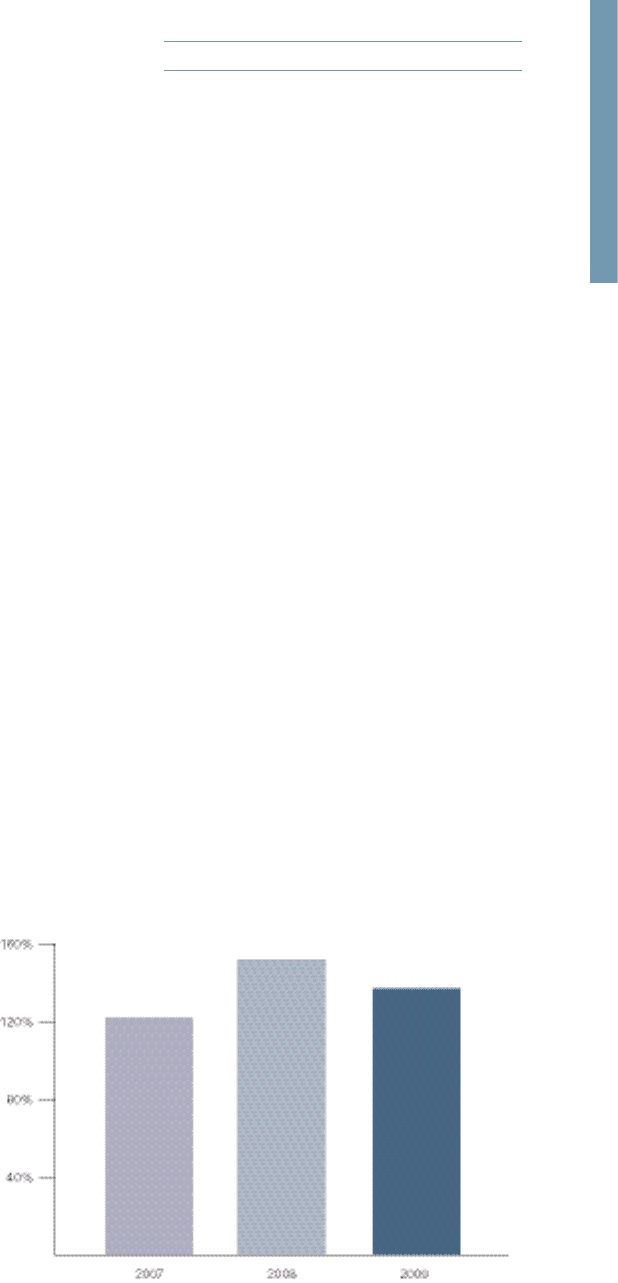
Business review
Risk, capital and liquidity management
155RBS Group Annual Report and Accounts 2009
Stress testing
The Group performs stress tests to simulate how events may impact its
funding and liquidity capabilities. Such tests assist in the planning of the
overall balance sheet structure, help define suitable limits for control of
the risk arising from the mismatch of maturities across the balance
sheet and from undrawn commitments and other contingent obligations,
and feed into the risk appetite and contingency funding plan. The form
and content of stress tests are updated where required as market
conditions evolve. These stresses include the following scenarios:
•Idiosyncratic stress: an unforeseen, name-specific, liquidity stress, with
the initial short-term period of stress lasting for at least two weeks;
•Market stress: an unforeseen, market-wide liquidity stress of three
months duration;
•Idiosyncratic and market stress: a combination of idiosyncratic and
market stress;
•Rating downgrade: one and two notch long-term credit rating
downgrade scenarios; and
•Daily market lockout: no access to unsecured funding and no
funding rollovers are possible.
Contingency planning
Contingency funding plans have been developed which incorporate
early warning indicators to monitor market conditions. The Group
reviews its contingency funding plans in the light of evolving market
conditions and stress test results. The contingency funding plans cover:
the available sources of contingent funding to supplement cash flow
shortages; the lead times to obtain such funding; the roles and
responsibilities of those involved in the contingency plans; the
communication and escalation requirements when early warning
indicators signal deteriorating market conditions; and the ability and
circumstances within which the Group accesses central bank liquidity.
Monitoring
Liquidity risk is constantly monitored to evaluate the Group’s position
having regard to its risk appetite and key metrics. Daily, weekly and
monthly monitoring and control processes are in place, which allow
management to take appropriate action. Actions taken to improve the
liquidity risk include a focus on improving the loan to deposit ratio,
issuing longer-term wholesale funding, both guaranteed and
unguaranteed, and the size of the conduit commitments. Metrics
include, but are not limited to;
Wholesale funding > one year: As the wholesale funding markets have
improved over the course of 2009 the Group has been better able to
manage both its short and longer-term funding requirements and has
significantly reduced its reliance on central bank funding. In 2009, the
Group issued £21 billion of public, private and structured unguaranteed
debt securities with a maturity greater than one year including issuances
with maturities of ten years and five years of £3 billion and £2 billion
respectively. To provide protection from liquidity risk in these markets the
Group targets a ratio of wholesale funding greater than one year. The
proportion of outstanding debt instruments issued with a remaining
maturity of greater than 12 months has increased from 45% at 31
December 2008 to 50% at 31 December 2009, reflecting a lengthening
of the maturity profile of debt issuance over the period. The Group is
also targeting an absolute funding reliance (unsecured wholesale
funding with a residual maturity of less than one year) of less than £150
billion by 2013. The 2013 target can also be segmented further into
bank deposits of less than £65 billion and other unsecured wholesale
funding of less than £85 billion. The reliance on wholesale funding has
improved from £343 billion at 31 December 2008 to £249 billion at
December 2009 (and this figure includes
£109 billion of bank deposits).
In common with other UK banks, the Group has benefited from the UK
Government’s scheme to guarantee debt issuance. At 31 December
2009 the Group had debt securities in issue amounting to £52 billion
(2008 – £32 billion), which is approximately 38% of the total UK
Government guaranteed debt.
Loan to deposit ratio: The Group monitors the loan to deposit ratio as
a key metric. This ratio has decreased from 118% at 31 December 2008
to 104% at 31 December 2009 for Core and from 151% at 31 December
2008 to 134% at 31 December 2009 for the Group. The Group has a
target of 100% for 2013. The gap between customer loans and
customer deposits (excluding repos) narrowed by £91 billion from £233
billion at 31 December 2008 to £142 billion at 31 December 2009.
